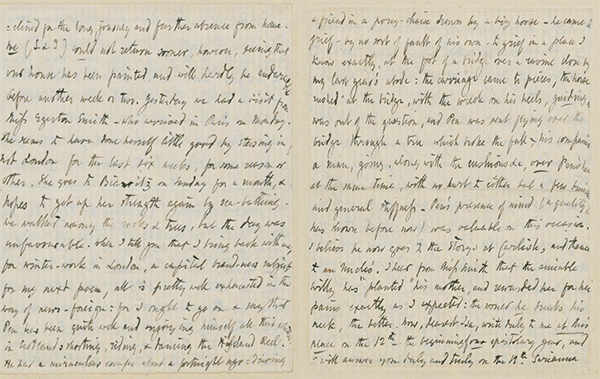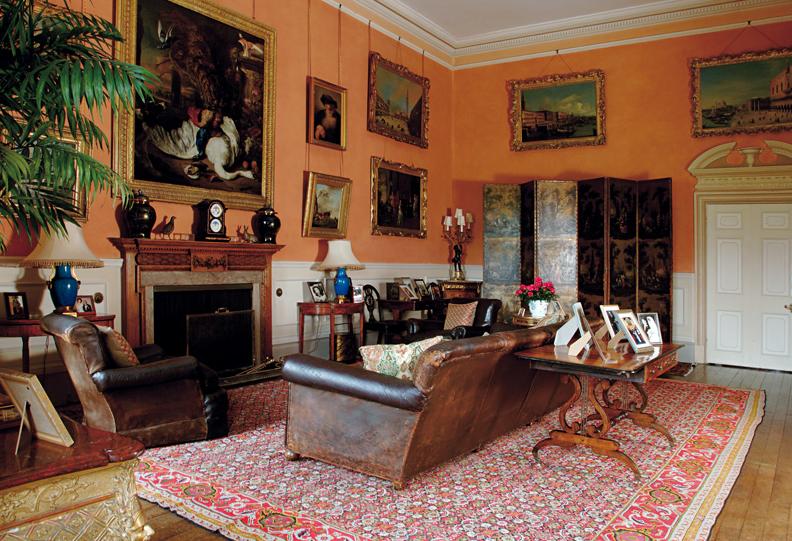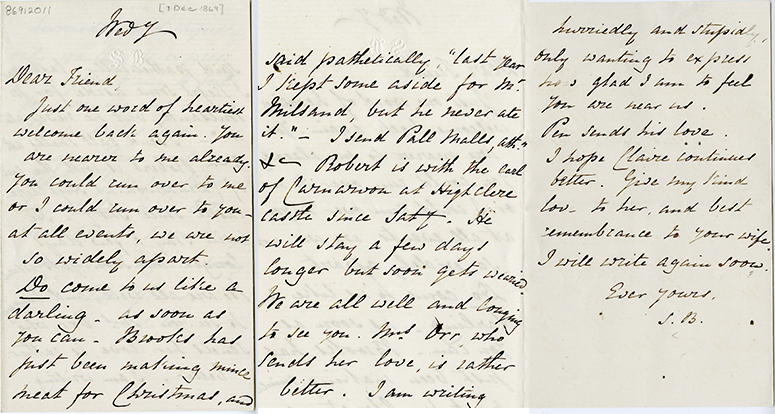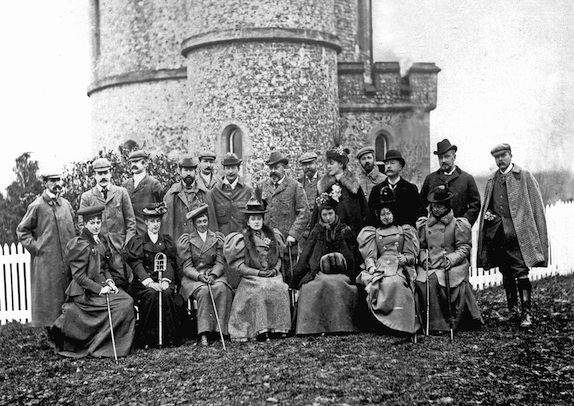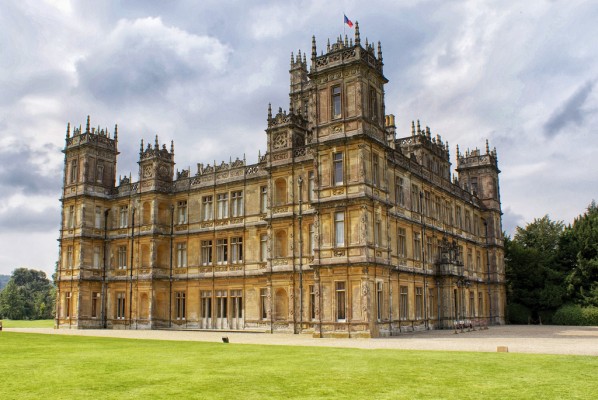by Melinda Creech

Inveraray Castle in Scotland – photo by Jim Brodie [http://www.flickr.com/photos/rojabro/4159089973/]
Most of the season three finale did not occur at Downton Abbey at all. The Crawley family traveled to the Scottish estate of Duneagle, belonging to their cousin “Shrimpie,” to enjoy stalking hinds, fishing, and dancing the Highland reel, and, of course, the season ended with a tragic accident.
The castle in the movie was actually Inveraray, the residence of the Duke of Argyll, in Browning’s day. Although I could not establish that Browning, who actually came from Scottish stock, visited Inveraray, he did visit all around the area. The Brownings travelled to St. Andrews (September 1868), Lock Luichart (August 1869), Loch Tummell (August-October 1872), Brahan Castle (October 1872), and Lamlesh (August 1876) all within 100 miles of the Inverary Castle that was featured in the season three finale.
In the letters here at the Armstrong Browning Library, I was surprised to find a very unusual coincidence, and a much happier ending. Robert Browning and his son, Robert Barrett Browning, affectionately known as “Pen,” went to Scotland on hunts and reading-parties several times. Pen’s Aunt Sarianna, Robert Browning’s sister, lamented the fact that “it is strange how little parents can prevent youths from following the current of his age. Here, in England, the tide set in for athletics—for rowing, shooting, and such like rubbish—in one sense, though useful in another” [Sarianna Browning to Joseph Milsand, November, 1869]. Three years later Robert Browning wrote to Isa Blagden that “Pen has been quite well and enjoying himself in Scotland: shooting, riding, & dancing the Highland Reel. He had a miraculous escape about a fortnight ago: driving a friend in a pony-chaise drawn by a big horse—he came to grief—by no sort of fault of his own—to grief in a place I know exactly, at the foot of a bridge over a ravine close by my last years abode: the carriage came to pieces, the horse rushed at the bridge, with the wreck on his heels, guiding him was out of the question, and Pen was sent flying over the bridge through a tree which broke the fall,–his companion, a man, going along with the cushions &c, over Pen’s head at the same time, with no hurt to either but a few bruises and general stiffness” [Robert Browning to Isa Blagden, October 3, 1872]. Have the writers at Downton Abbey been reading Robert Browning’s mail? Truth, it seems, is stranger than fiction.

